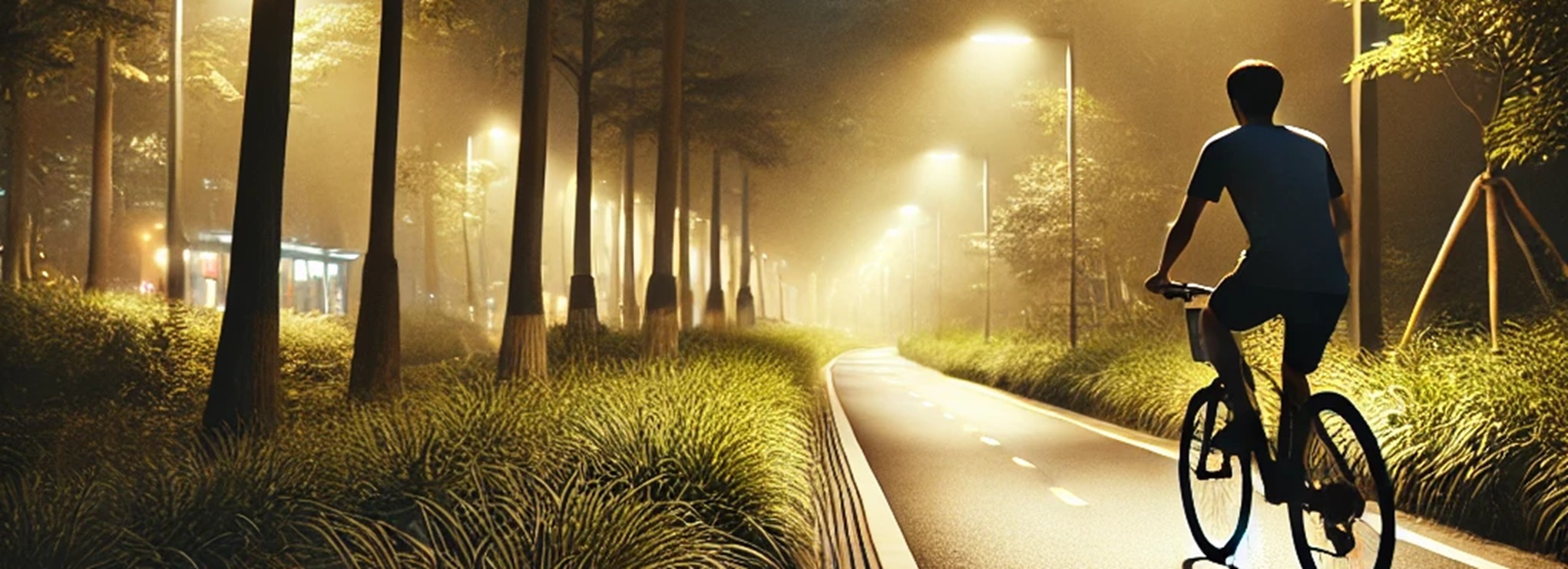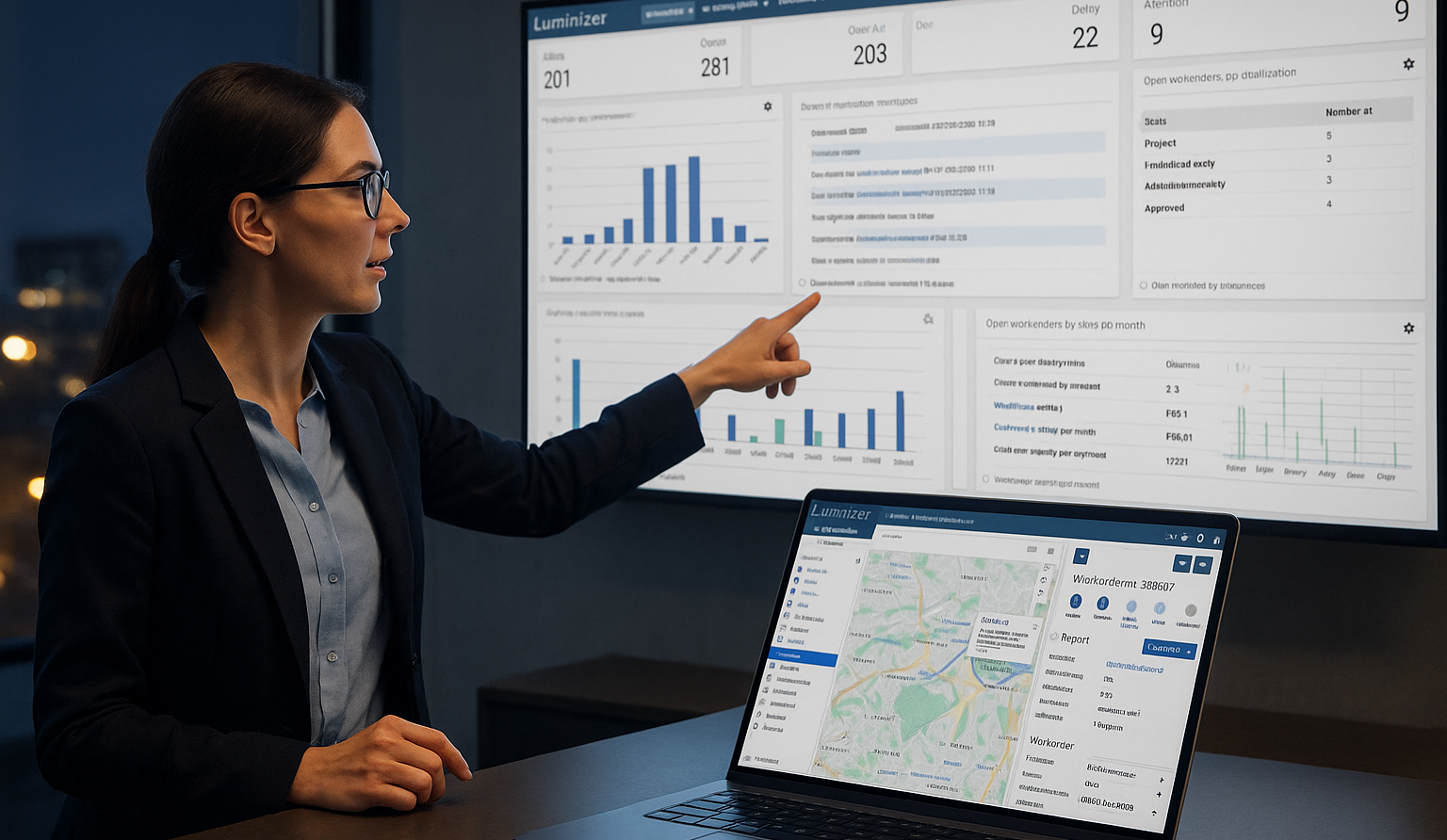Energy efficiency, social safety, and preventing light pollution are key factors in designing public space lighting. An innovative solution that plays or could play a significant role in this is the application of a light bubble. But what exactly is a light bubble, and how does it contribute to energy savings, safety, comfort, and reducing the ecological impact in public spaces?
A light bubble is a technology where a specific area is illuminated based on movement. This is achieved by equipping existing light points with motion sensors and smart lighting technologies. These systems can adjust light intensity based on the presence of pedestrians, cyclists, or vehicles. As a result, light is only activated or intensified where and when it is needed. Luminext supports the creation of a light bubble with its solutions.
The mechanism works as follows: when a pedestrian or cyclist is detected by a motion sensor, the sensor not only switches on the streetlight it is attached to but also sends a signal to surrounding streetlights, instructing them to turn on as well! The number of surrounding light points and the size of the illuminated area can be adjusted as needed. Since each light point is equipped with a motion sensor, the light bubble can move dynamically with the pedestrian or cyclist, ensuring they remain within a safe bubble of light. Once the user has passed, the street lighting returns to its predefined brightness level (either off or dimmed to a specific level).
It is quite remarkable that many households have been using (outdoor) lights with motion sensors for years, yet this technology has not been widely applied in public lighting. The main reasons seem to be the additional investment, the need for system robustness (it must function for 20 years), and the fact that until a few years ago, there was less focus on energy efficiency and light pollution when installing new lighting systems. Fortunately, we now see growing attention to these aspects from municipalities and provinces.
This makes sense because the key benefits of a light bubble are clear:
- Energy savings: Since the lighting only turns on when someone is actually present, unnecessary energy consumption is avoided. This can result in up to 80% savings on energy costs.
- Safety and comfort: The dynamic adjustment of light levels ensures that pedestrians and road users feel safe without excessive light pollution.
- Reduced light pollution: Because the light bubble is only activated in the presence of people or vehicles, the night sky remains darker, benefiting nature and biodiversity
- Walking paths and cycling routes: Ensuring the safe passage of cyclists and pedestrians without unnecessary lighting.
- Parking areas: Where lighting is only needed during active use.
- Residential neighborhoods: Providing residents with a sense of security without having streetlights on all night.
- Nature reserves: Where minimal disruption to flora and fauna is essential.
Conclusion
The implementation of light bubbles in public lighting offers an innovative solution for energy savings, safety, and sustainability. By applying smart technologies, municipalities and provinces can contribute to a more efficient and environmentally friendly public space. This makes light bubbles a valuable investment in the future of urban lighting. With modern smart lighting systems, this functionality is easy to achieve.
Are you curious about how you can create a light bubble with Luminext solutions? Contact your Luminext account manager or reach out via the contact form on this website.



